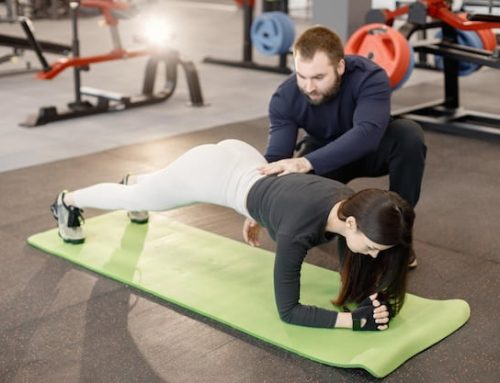Introduction
Sports-specific training is an essential part of an athlete’s routine. It helps them to enhance their performance, prevent injuries and boost their overall strength and flexibility. Strength training is one such aspect of sports-specific training that athletes must focus on. In this blog, we will explore two specific forms of strength training.
Form 1: Plyometrics
Plyometric exercises are a type of strength training that involves explosive movements to activate the muscles. These movements are designed to increase an athlete’s power and explosiveness, which can help them in sports like basketball, soccer, and track and field. Some popular plyometric exercises include box jumps, jump squats, and plyometric push-ups.
Studies have shown that plyometric exercises have a positive impact on an athlete’s performance. A study published in The Journal of Strength and Conditioning Research found that plyometric training improved power output and sprint performance in collegiate soccer players.
| Exercise | Muscles Worked | How to perform |
|---|---|---|
| Box Jumps | Quadriceps, glutes, calves, hamstrings | Stand in front of a box or platform, jump onto it and land softly. Step down and repeat. |
| Jump Squats | Quadriceps, glutes, calves, hamstrings | Start in a squat position, jump as high as you can and land softly. Repeat. |
| Plyometric Push-ups | Chest, shoulders, triceps, core | Perform a regular push-up but explosively push your hands off the ground as you come up. Land softly and repeat. |
Form 2: Isometric Training
Isometric training involves holding static positions to build strength in the muscles. These exercises work by increasing the tension in the muscle without changing its length. This type of training is particularly useful for sports that require holding a position for extended periods, such as wrestling or rock climbing.
A study published in The Journal of Strength and Conditioning Research found that isometric training improved grip strength and endurance in rock climbers. Some popular isometric exercises include planks, wall sits, and static holds.
| Exercise | Muscles Worked | How to perform |
|---|---|---|
| Planks | Core, arms, shoulders, back | Start in a plank position, with your forearms and toes on the ground. Hold this position for as long as you can. |
| Wall Sits | Quadriceps, glutes, calves | Stand with your back against a wall and slide down until your knees are bent at a 90-degree angle. Hold this position for as long as you can. |
| Static Holds | Varies depending on the exercise | Hold a position, such as a half-squat or a lunge, for as long as you can. |
Conclusion
In conclusion, strength training is a crucial aspect of sports-specific training, and these two forms of strength training can help athletes to enhance their performance. Plyometric training can boost an athlete’s power and explosiveness, while isometric training can build endurance and help with holding positions for extended periods. It is essential to incorporate these types of training into an athlete’s routine for optimal results. With regular practice, athletes can attain their desired goals and perform at their best on the field.






